
From the case of injecting essence to turn 14 tons of buffalo meat into beef: If you see these signs in beef, absolutely do not buy it.
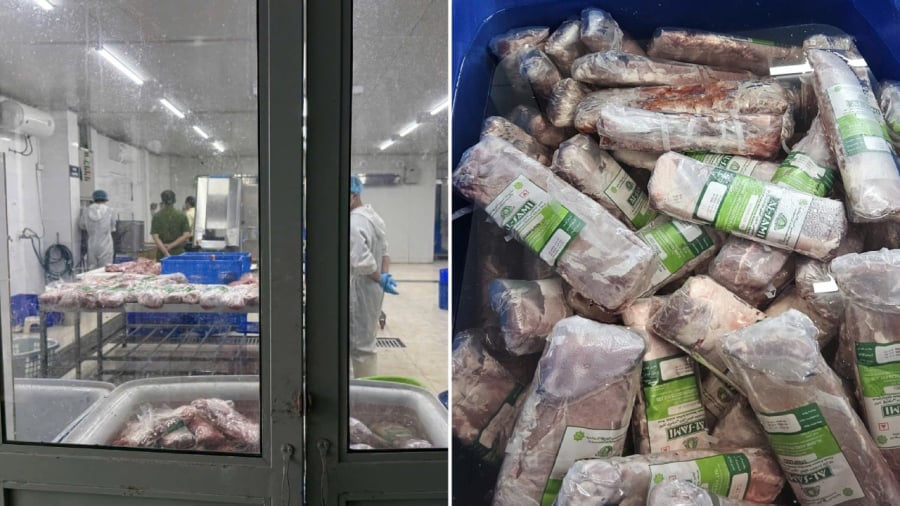
14 Tons of Fake Wagyu Beef Found in Vietnam: Buffalo Meat Injected with Fat Essence to Mimic Japanese Beef
Recently, the Hanoi Police Department launched a criminal investigation and detained four individuals connected to a large-scale food fraud case in which 14 tons of buffalo meat were chemically modified to resemble premium Japanese Wagyu beef.
Fake Wagyu Beef Operation Uncovered
On the afternoon of October 14, Hanoi’s Economic Police Division announced that it had officially charged and detained four suspects affiliated with SK FOODS Vietnam Co., Ltd. and Hida Food JSC. They are being investigated for producing and trading counterfeit food products, a serious offense under Article 193 of Vietnam’s Penal Code.
Preliminary investigations revealed that Tran Hoang Phuoc, director of SK FOODS Vietnam, admitted to collaborating with Hida Food JSC — managed by Nguyen Thi Phuong Thao — to manufacture fake Wagyu beef. Phuoc noticed that consumers were willing to pay high prices for Wagyu, known for its intricate marbling, and decided to exploit this demand by producing imitation products.
According to police reports, Nguyen Thi Phuong Thao ordered large quantities of low-grade imported buffalo meat from India at around 120,000 VND per kilogram (≈$4.70/kg). The meat was then injected with fat-creating chemical essences to form marbling patterns resembling authentic Wagyu beef. These modified products were vacuum-packed, labeled as “beef,” and sold on the market for 400,000–600,000 VND per kilogram (≈$16–$24/kg) — nearly five times the original cost.
Dozens of Tons of Counterfeit Meat Seized
In September 2024, Hanoi police, working with market management authorities, raided Hida’s factory in Hoai Duc District, catching employees red-handed while injecting buffalo meat with chemical solutions to make it appear like Wagyu beef under the “Hidasan” brand.
Authorities subsequently seized 65 tons of buffalo and fake beef products, along with 17 tons of powdered essence used for fat marbling. They also confiscated machinery and tools used for producing the counterfeit goods.
Testing conducted by the National Institute for Food Testing confirmed that 24 out of 29 samples labeled as beef actually contained buffalo DNA. Police are now working to determine whether the seized chemical powders contain any substances harmful to human health.
Preliminary findings show that the group produced and distributed 14 tons of fake beef between May 2024 and their arrest, with the products being sold across Hanoi, Da Nang, Nha Trang, and Ho Chi Minh City.
How to Identify Fake or Low-Quality Beef
Consumers can protect themselves by paying close attention to the appearance, texture, and smell of the meat they purchase.
1. Examine the color and texture
Real beef typically has a bright, natural red color with fine, long muscle fibers and light yellow fat. When touched, genuine beef feels dry and elastic.
In contrast, fake beef — often made from pork or buffalo meat — may appear uneven in color, with patches of dull or pale red caused by added blood or coloring agents. The surface can feel sticky, watery, or mushy. Pork usually has short, pale-pink fibers with white fat, while buffalo meat tends to be dark and coarse.
2. Check the smell and flavor
Authentic beef has a distinct aroma and retains a rich, savory sweetness when cooked. Fake or low-quality beef, however, may smell fishy or sour and often tastes bland once boiled or fried. Some sellers even rub beef fat on the surface of imitation meat to deceive buyers — but once cut open, the inside will lack the characteristic beef scent.
3. Simple tests at home
To test suspicious meat, rinse and soak it in water. If the water changes color or turns reddish, the meat may have been dyed with coloring agents or bovine blood.
Another method is to briefly blanch the meat in boiling water. Real beef will firm up and darken slightly, while fake or dyed beef will lose color and turn pale.
Food Safety Concerns and Broader Implications
Authorities warn that such counterfeit operations not only defraud consumers but may also pose serious health risks, especially if the injected substances contain unregulated chemicals. The incident has sparked renewed calls for stricter food safety inspections and harsher penalties for companies producing or distributing counterfeit food.
The Ministry of Health is expected to conduct further analyses on the seized chemicals and collaborate with food safety agencies to trace the distribution network of the fake Wagyu meat. Consumers are urged to buy meat only from reputable, certified sources and to report any suspicious products to local authorities.
News in the same category


The Secret of Our Hand to Show RICH or POOR…
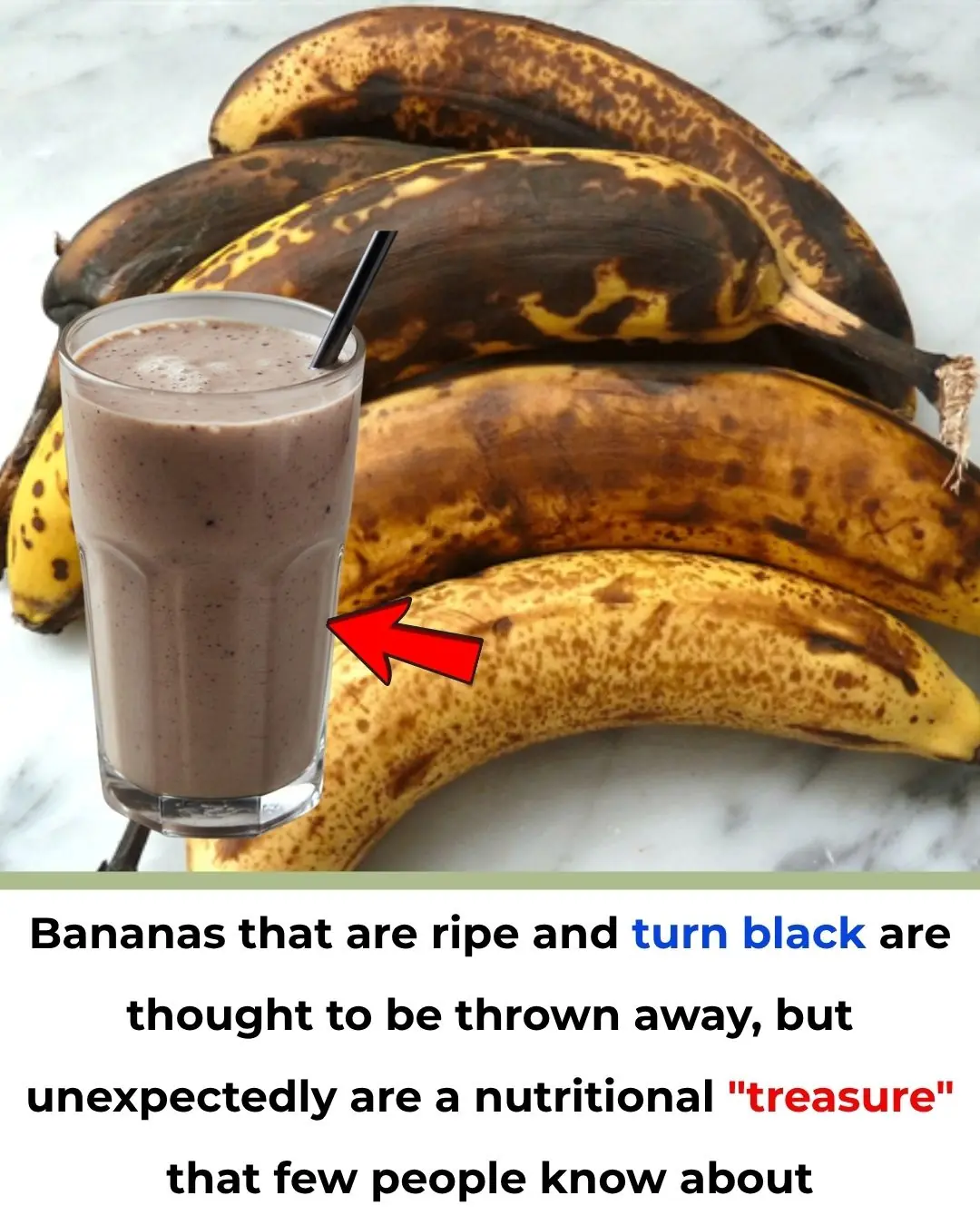
Bananas that are ripe and turn black are thought to be thrown away, but unexpectedly are a nutritional "treasure" that few people know about

Great tips for the bathroom: Disposable masks can 'eliminate' bad odors, making the space surprisingly clean and fragrant

Save this for when you need it: How to cure 46 diseases with medicine-free tips

Why do gourmets always choose places with lots of leftover tissues when eating out?
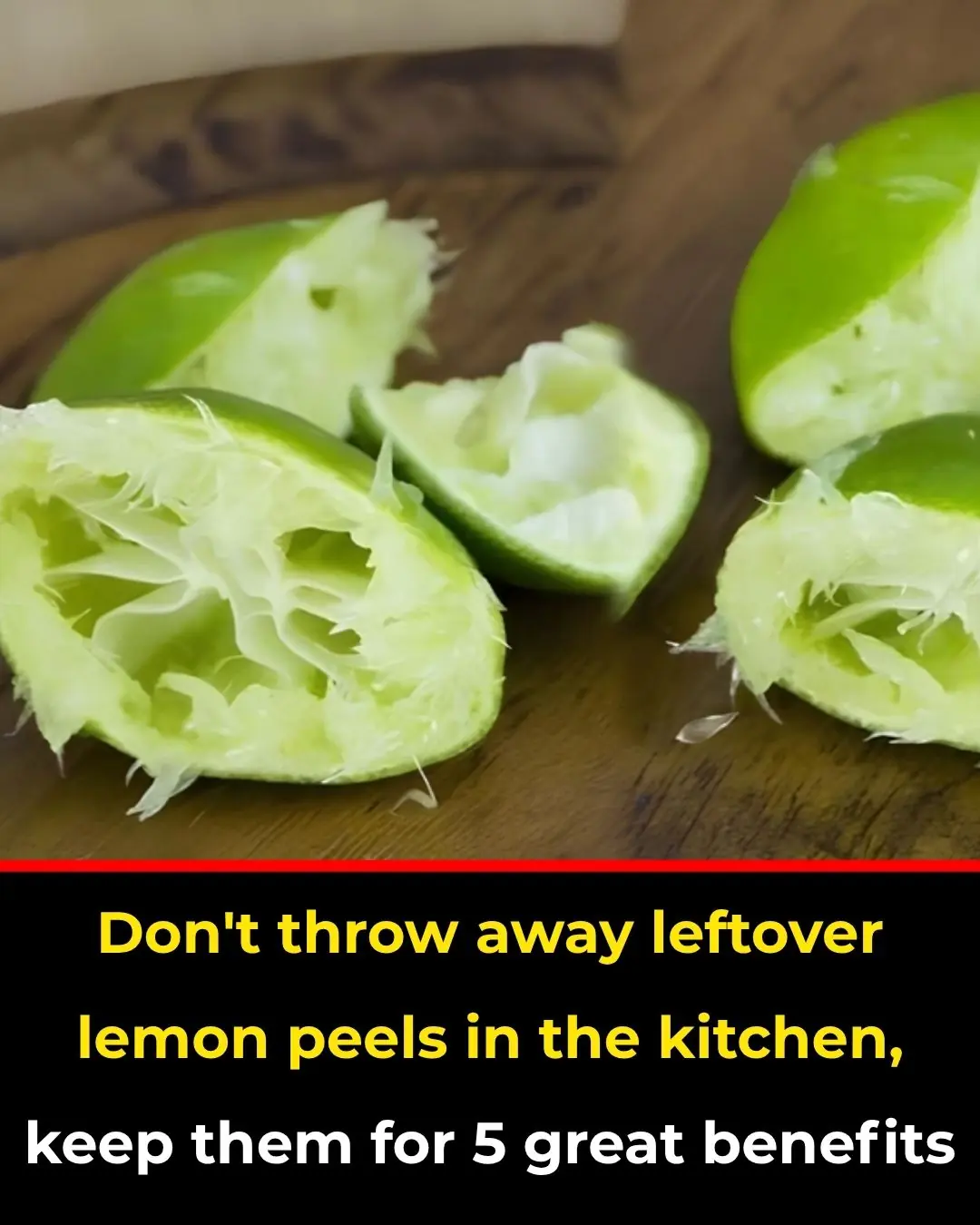
Don't throw away leftover lemon peels in the kitchen, keep them for 5 great benefits
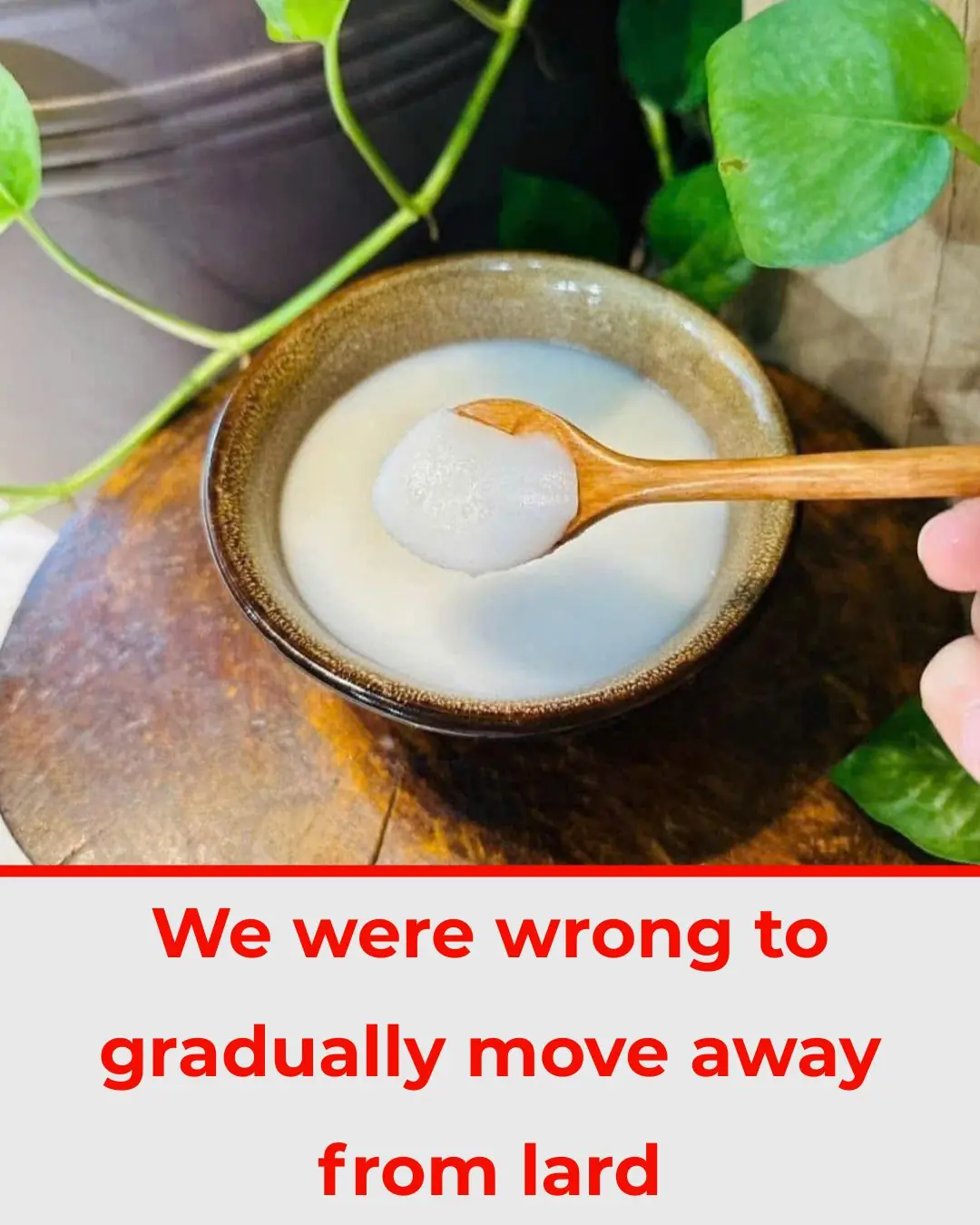
We were wrong to gradually move away from lard

Insert a cotton swab into a bottle of essential oil and place it anywhere for good results.

Moldy wooden cutting boards, can only be thrown away after washing with soap: Pour this on for 5 minutes and the cutting board will be as clean as new.
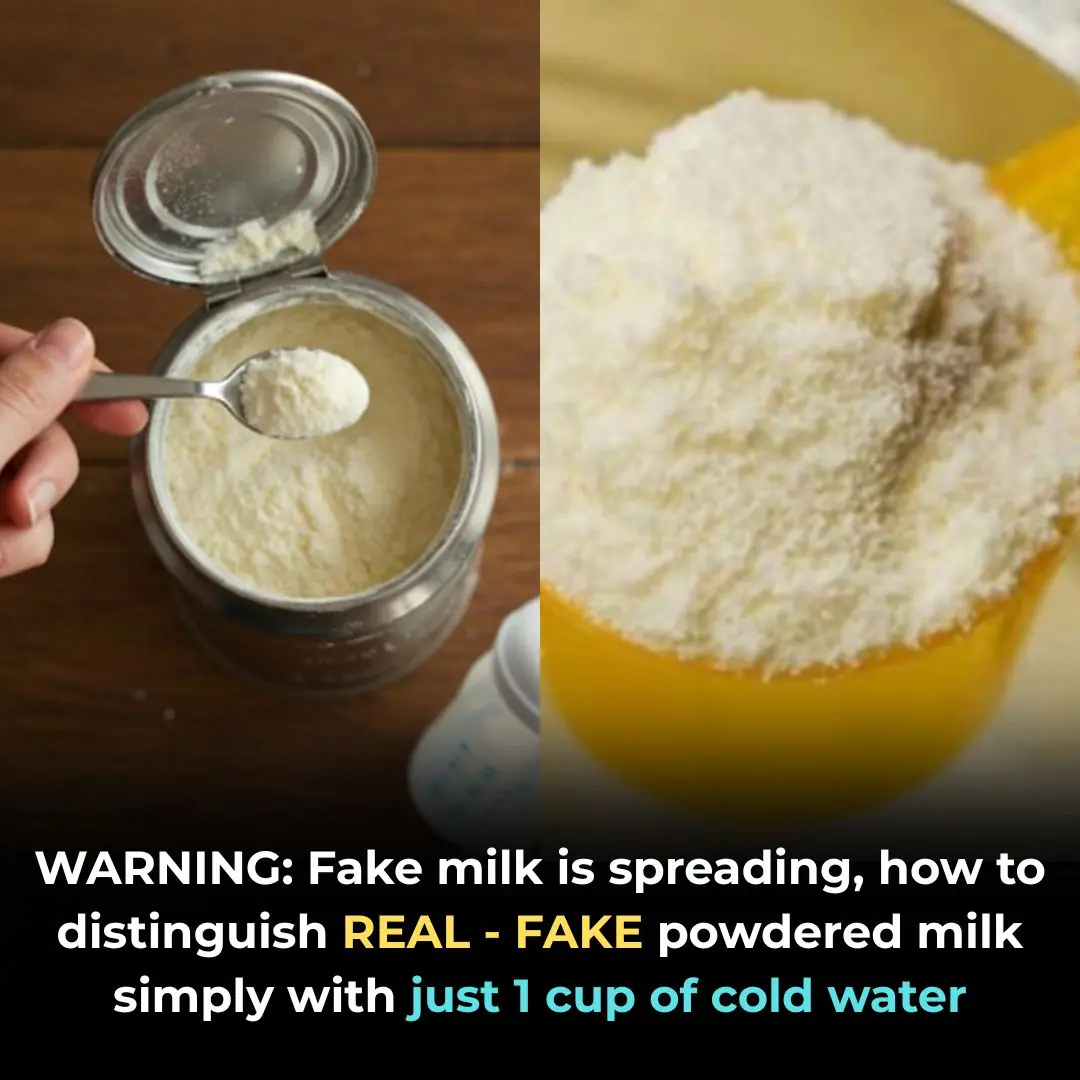
WARNING: Fake milk is spreading, how to distinguish REAL - FAKE powdered milk simply with just 1 cup of cold water
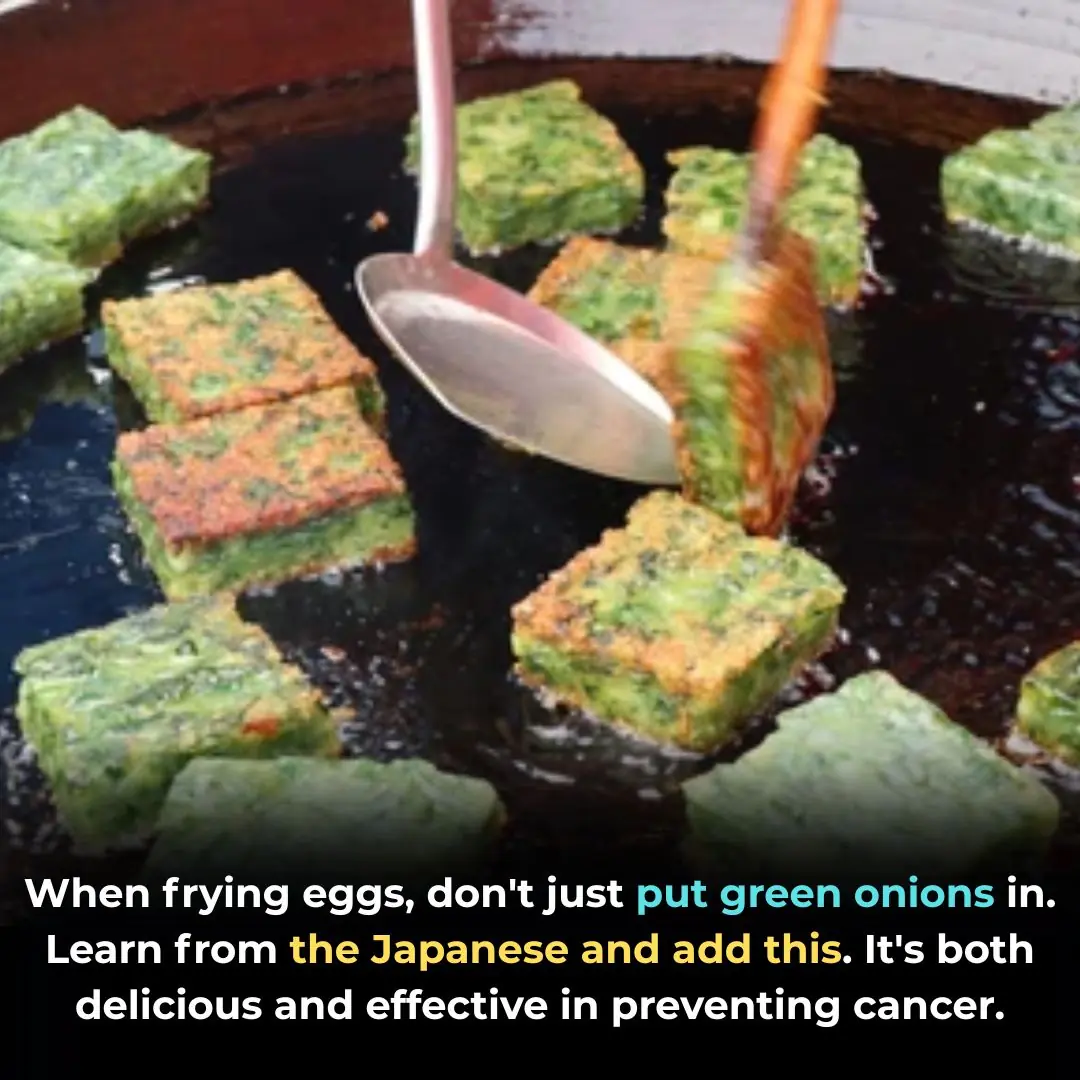
When frying eggs, don't just put green onions in. Learn from the Japanese and add this. It's both delicious and effective in preventing cancer.
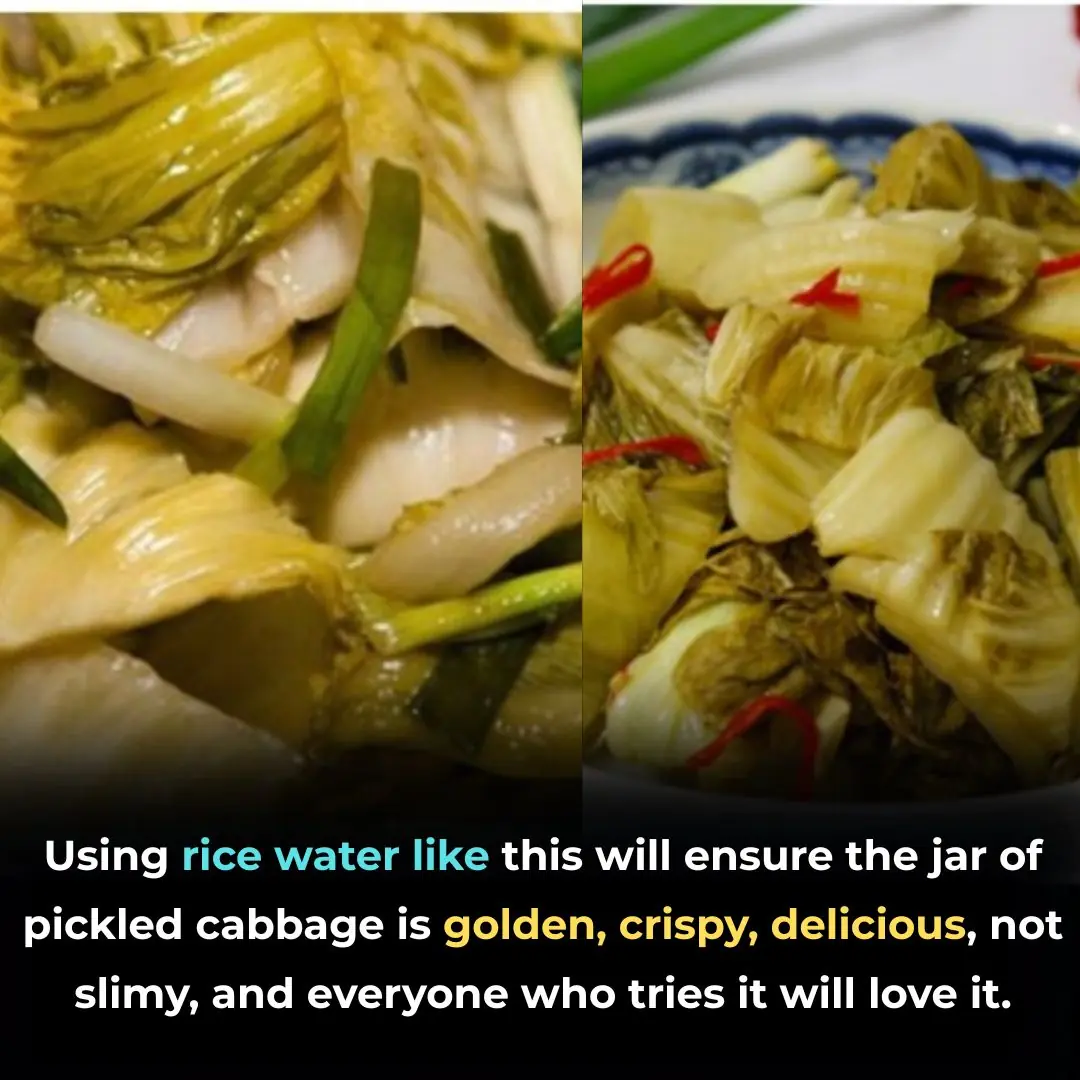
Using rice water like this will ensure the jar of pickled cabbage is golden, crispy, delicious, not slimy, and everyone who tries it will love it.

Putting Ice Cubes into Boiling Soup: A Clever Trick Many People Don’t Know

Think Twice Before Drinking Bottled Water in Hotel Rooms – Here's Why It's Not Always Safe or Worth It

A simple tip you probably need right now.

3 extremely simple tips to remove odors right after cooking in the kitchen

The washing machine accumulates a lot of dirt and bacteria: Pour 1 bowl of this into the washing drum to make it clean like new, clothes will smell fresh right away

11 health benefits of green bean water, unfortunately many people do not know
News Post

What Your Lips Say About Your Health

Important News for Everyone Who Loves a Daytime Nap
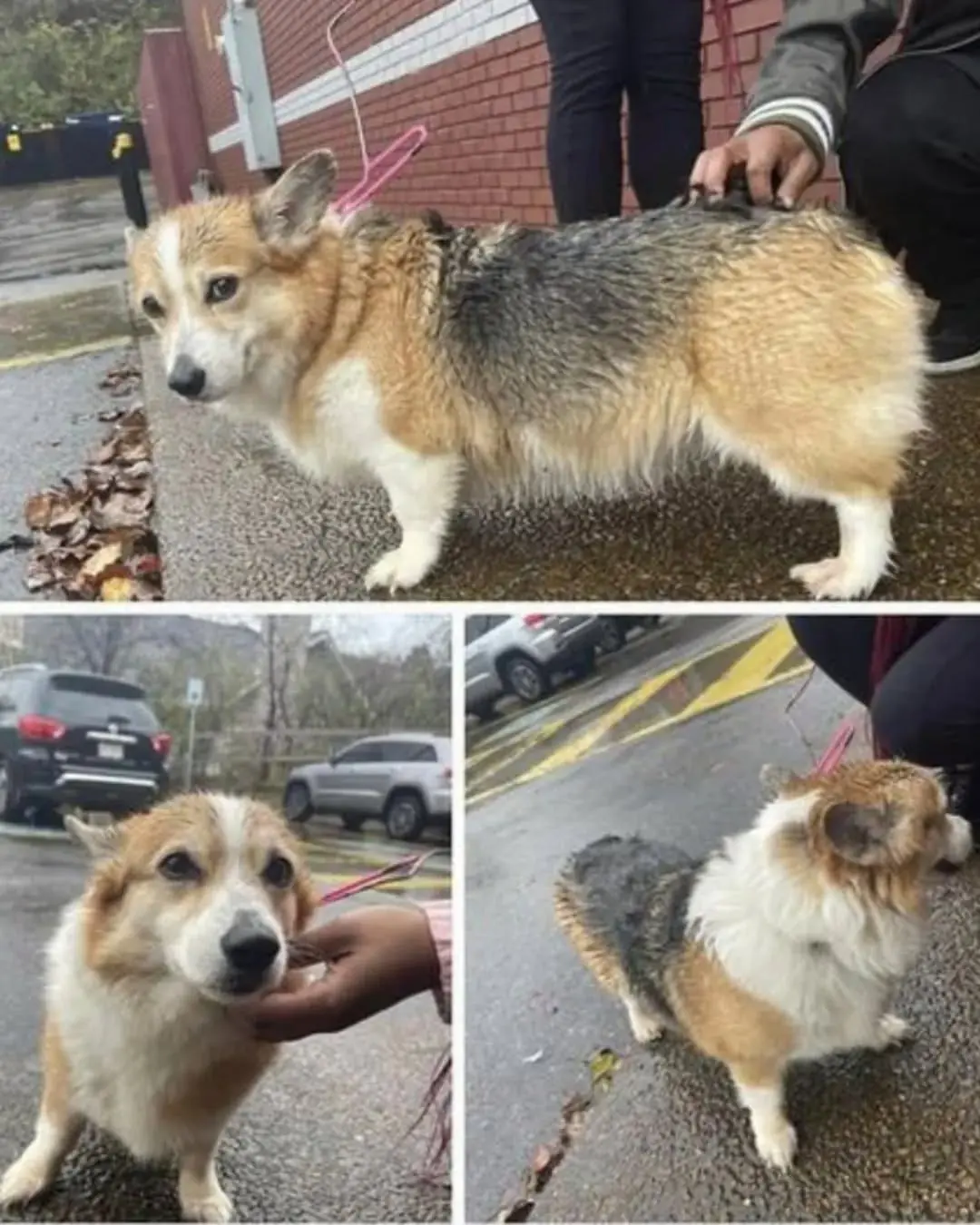
The Night Edith Found Her Angels at a Waffle House
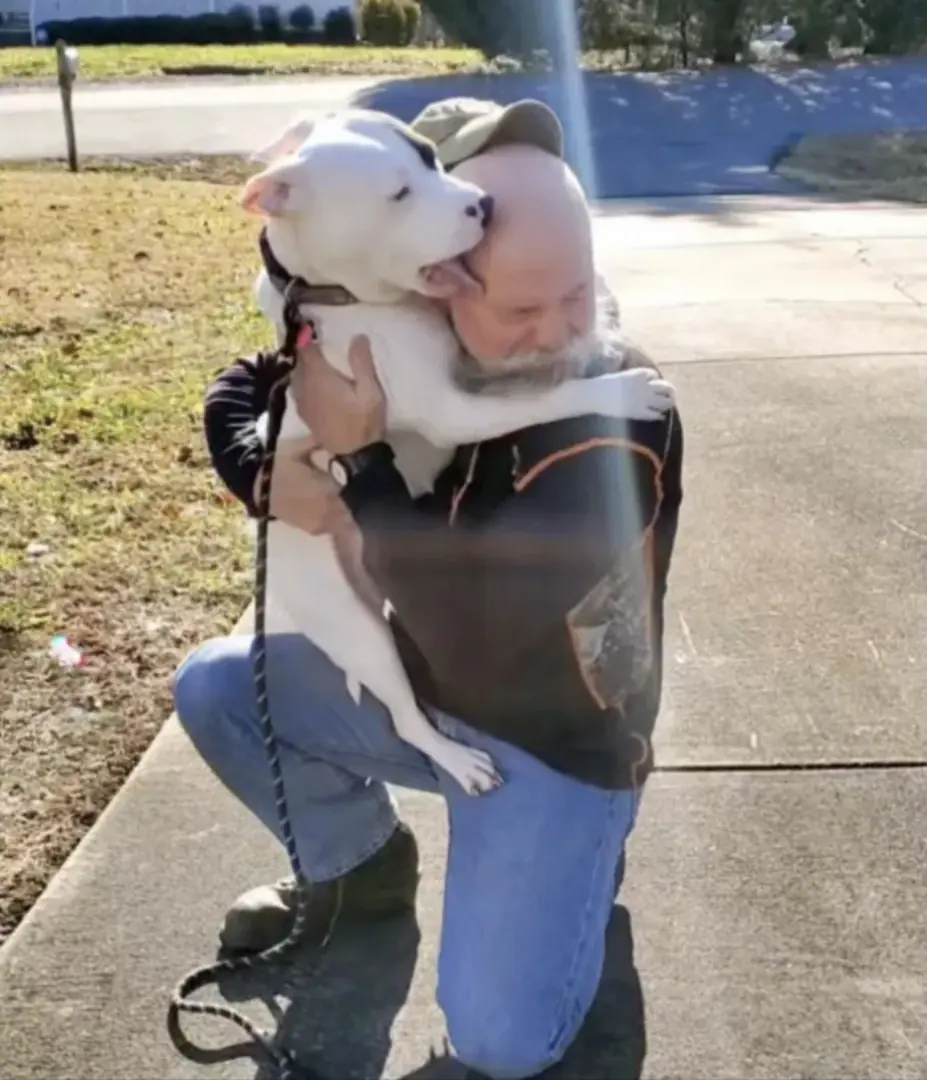
The Dog Who Healed Our Hearts: A Story of Rescue, Love, and Second Chances

A Night at McDonald’s That Changed a Life — And Mine

Beyond the Badge: A Police Officer’s Reflection on True Community Connection

Koda the Christmas Bandit: The Dog Who Unwrapped Every Gift Under the Tree

A Brother’s Gift: Caleb’s Courage for His Sister Libby

Two Brothers, One Battle: The Scotts’ Fight for Life and Hope
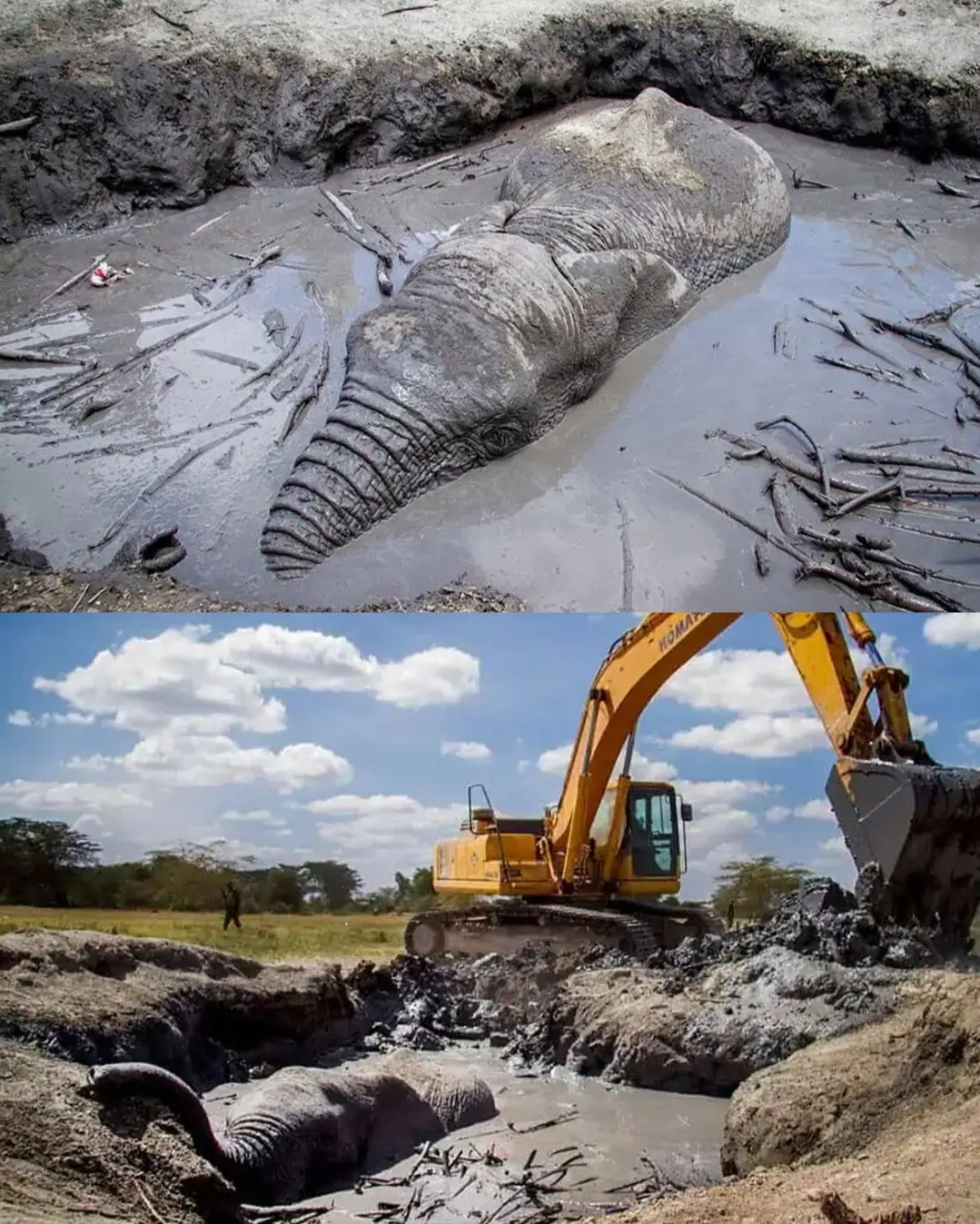
An Elephant’s Cry, A Human Answer.
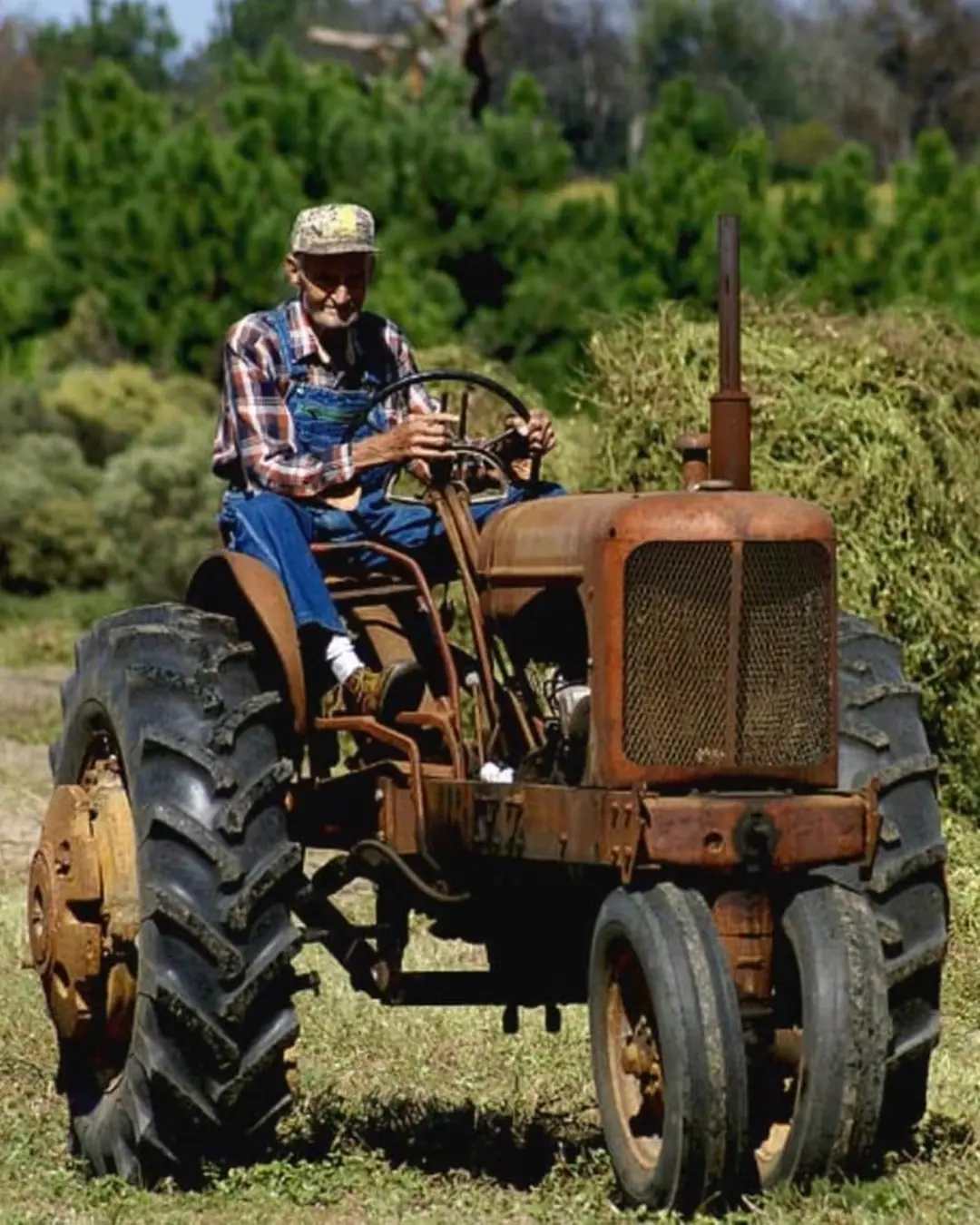
The Farmer’s Slow Lane

The Gift of a Grandfather Without Bloodlines.
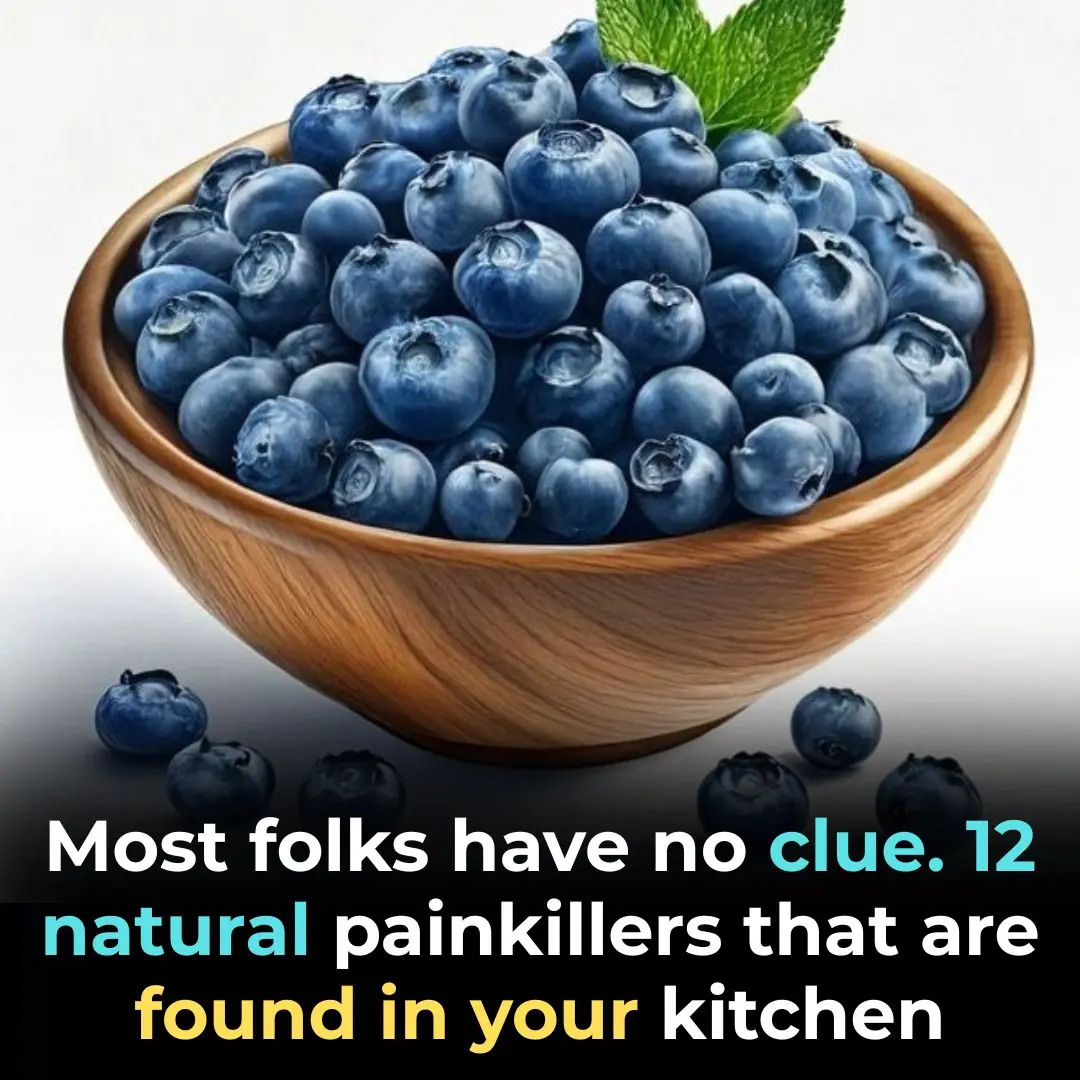
12 Powerful Natural Painkillers Found in Your Kitchen
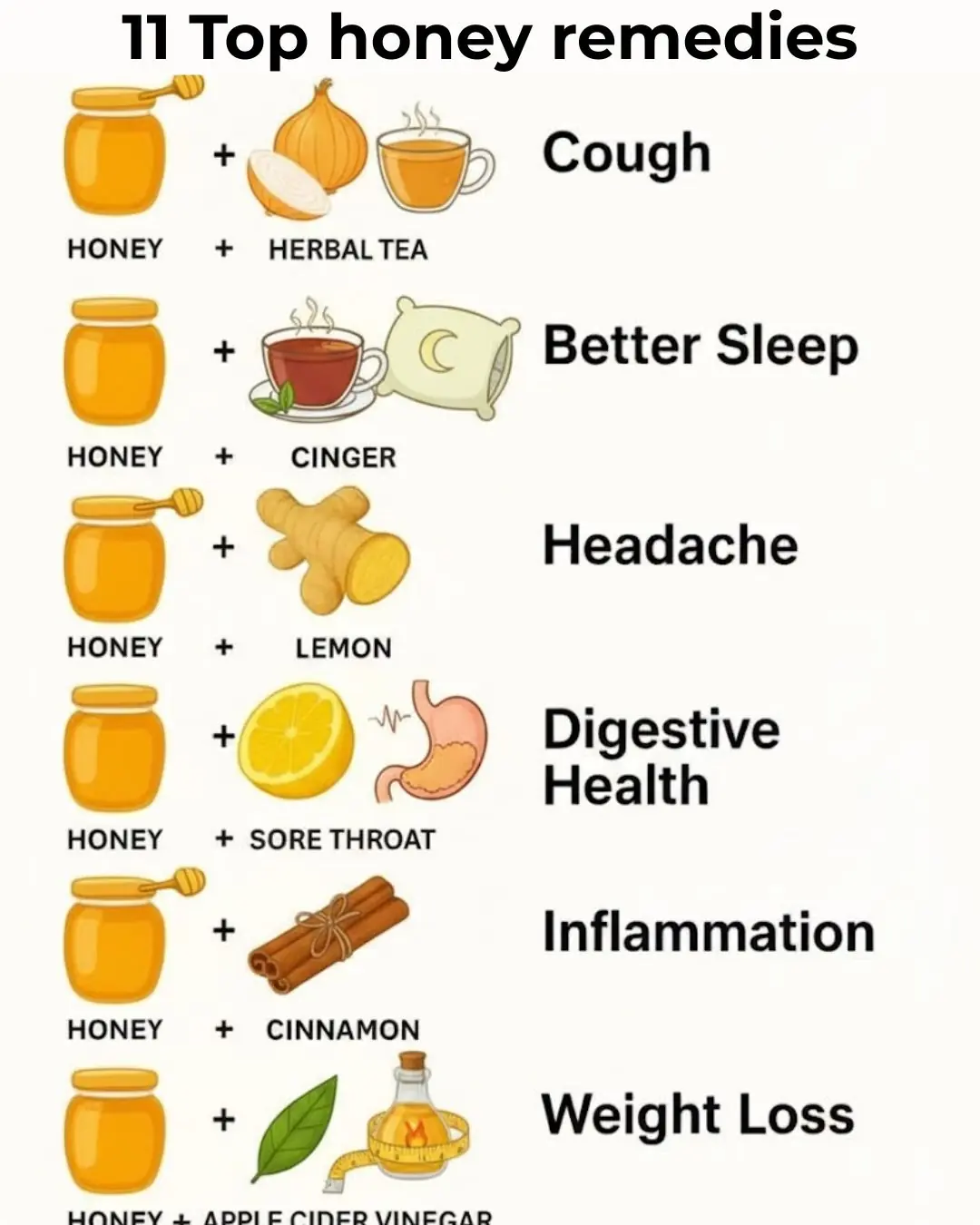
11 Honey Remedies That Truly Work

4 Dangerous Mistakes When Using an Air Fryer That Can Lead to Poisoning, Cancer, and Even Fires

The Secret of Our Hand to Show RICH or POOR…

The Purpose of the Overflow Hole in Your Sink You Never Knew

Only 2% Know This Ancient Spice Can Clean Lung Mucus Overnight 💥

🌿 SENIORS: This 1 Leaf DESTROYS Diabetes & Melts Belly Fat (Doctors HATE It!) | Barbara O’Neill
